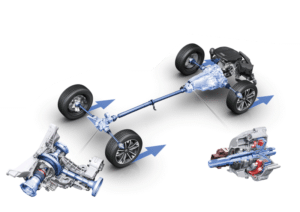
Automobile braking system and accessories in-depth analysis
Among the many systems of a car, the braking system is undoubtedly a crucial component. It not only affects the driving safety
The automotive industry has undergone significant transformations over the years, and one area that has seen notable evolution is automotive components. From the early days of automobiles to the present, the design and functionality of various components have continued to progress, driving innovation and efficiency in the industry.
One of the most significant advancements in automotive components is in the area of materials and manufacturing processes. In the past, many automotive components were made from traditional materials such as steel and aluminum. However, with the push for lighter, more fuel-efficient vehicles, manufacturers have turned to advanced materials such as carbon fiber and composites. These materials offer high strength and low weight, leading to improved fuel economy and overall performance.
Furthermore, the manufacturing processes for automotive components have also become more advanced. Automation, robotics, and 3D printing have revolutionized the way components are produced, making the process more efficient and cost-effective. This has allowed for greater precision and consistency in the production of components, resulting in higher quality and reliability in vehicles.

Another area of evolution in automotive components is in the realm of safety and connectivity. With the rise of autonomous driving technology, sensors and cameras have become critical components in modern vehicles. These components enable vehicles to detect and react to their surroundings, making driving safer and more efficient. Additionally, advancements in connectivity have led to the integration of components such as GPS navigation systems and infotainment displays, enhancing the overall driving experience for consumers.
In addition to these advancements, the design and functionality of automotive components have also seen significant innovation. For example, advancements in aerodynamics have led to the development of sleeker, more efficient body designs, reducing drag and improving fuel efficiency. Similarly, advancements in engine and transmission technology have led to more efficient and powerful powertrains, further improving vehicle performance and fuel economy.

Among the many systems of a car, the braking system is undoubtedly a crucial component. It not only affects the driving safety

In the long history of the automobile industry, the transmission system plays a vital role as a bridge connecting the engine and

In the long history of the automobile industry, the engine is the heart of the car, and its performance directly determines the